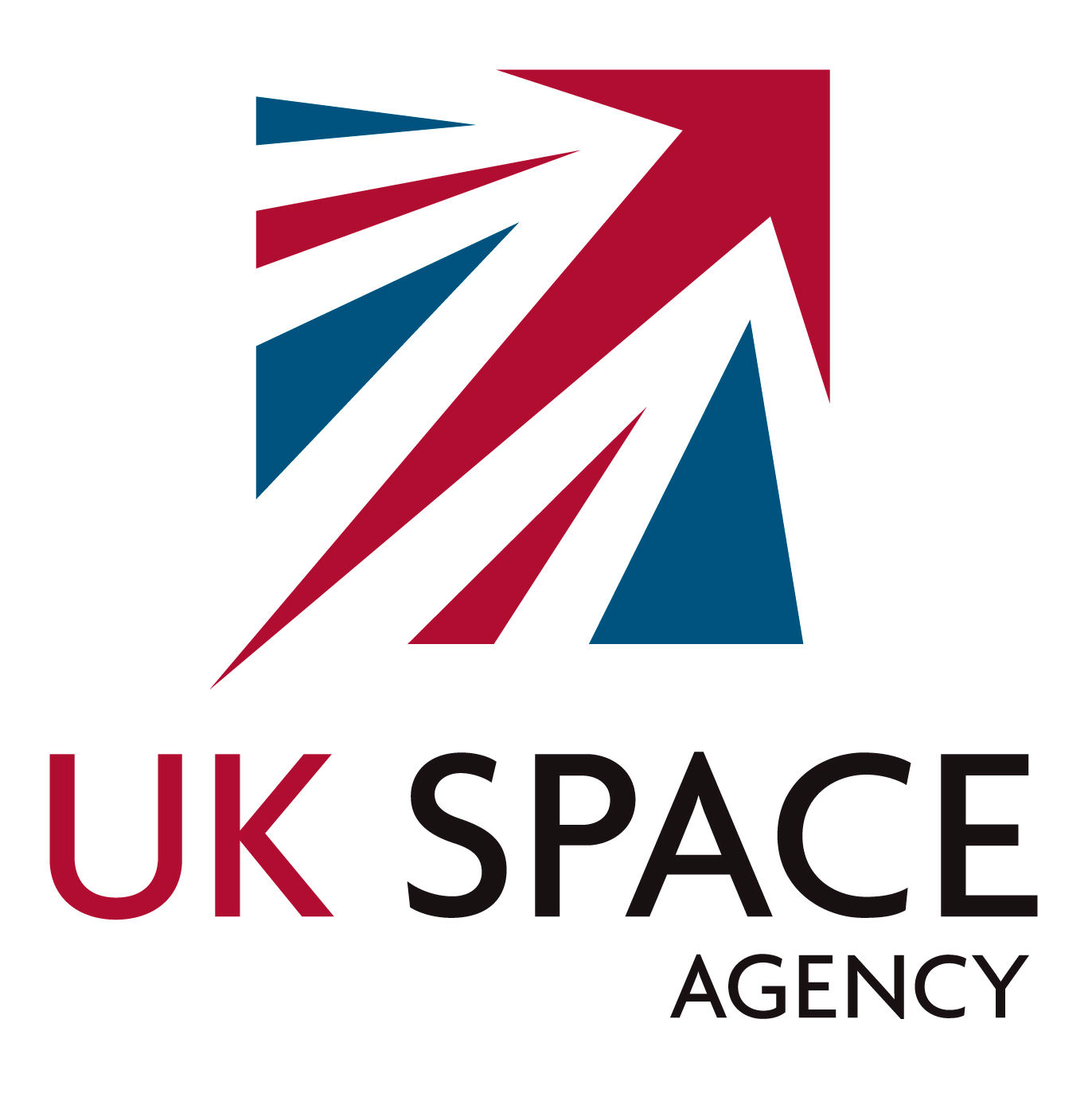
Take part in the ISE 2016 Observing Challenge and receive a personalised astronomical poster for your class!
The Universe is a big place. More than big — it includes everything that exists! Help your students understand the magnitude of the cosmos by using your class time to explore some of the objects in the vast Universe beyond our Solar System.
Working with partners in Inspiring Science Education and LCOGT we have set up a great opportunity for European schools involving a ready-to-use learning scenario, a simple tool, and a way for your class to celebrate their exploration of the Universe. With the click of a button, classes can make observations using a network of professional telescopes around the world and will receive their own unique poster displaying their image.

To participate in the ISE 2016 Observing Challenge all you have to do is to use the prepared scenario with your class before 30 June 2016. The scenario involves using “Messier Bingo” to become familiar with astronomical objects, and then to observe one of them with the LCOGT robotic telescopes.
Teachers who successfully complete the scenario with their class (using the demonstrator with more than 10 students) and submit their participation will receive a poster of their observation.
Find out how to take part here. On Wednesday May 25th, as part of the new ISE Webinar Series, Cardiff University’s own Dr Chris North will take you through the steps necessary to use the resources that make up the Observing challenge. For more information and to register for the ISE Observing Challenge Webinar, click here.
It’s fun, it’s easy, it’s free and – best of all – it will help your students to have a far better understanding of the universe and all it entails!
Providing access to inspirational digital resources and learning opportunities: www.inspiringscience.eu

The Inspiring Science project has received funding from the European Union’s ICT Policy Support Programme as part of the Competitiveness and Innovation Framework Programme. This publication reflects only the author’s views and the European Union is not liable for any use that might be made of information contained therein.











